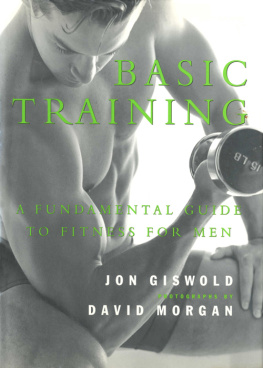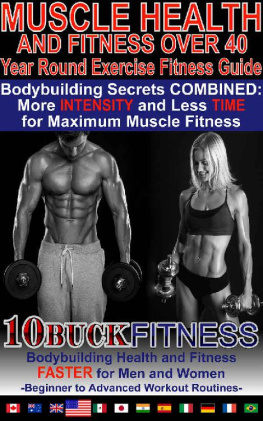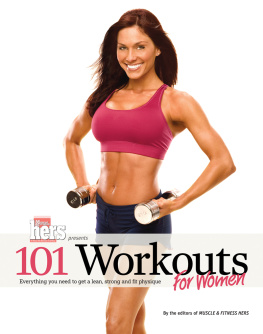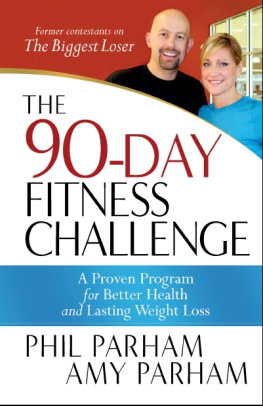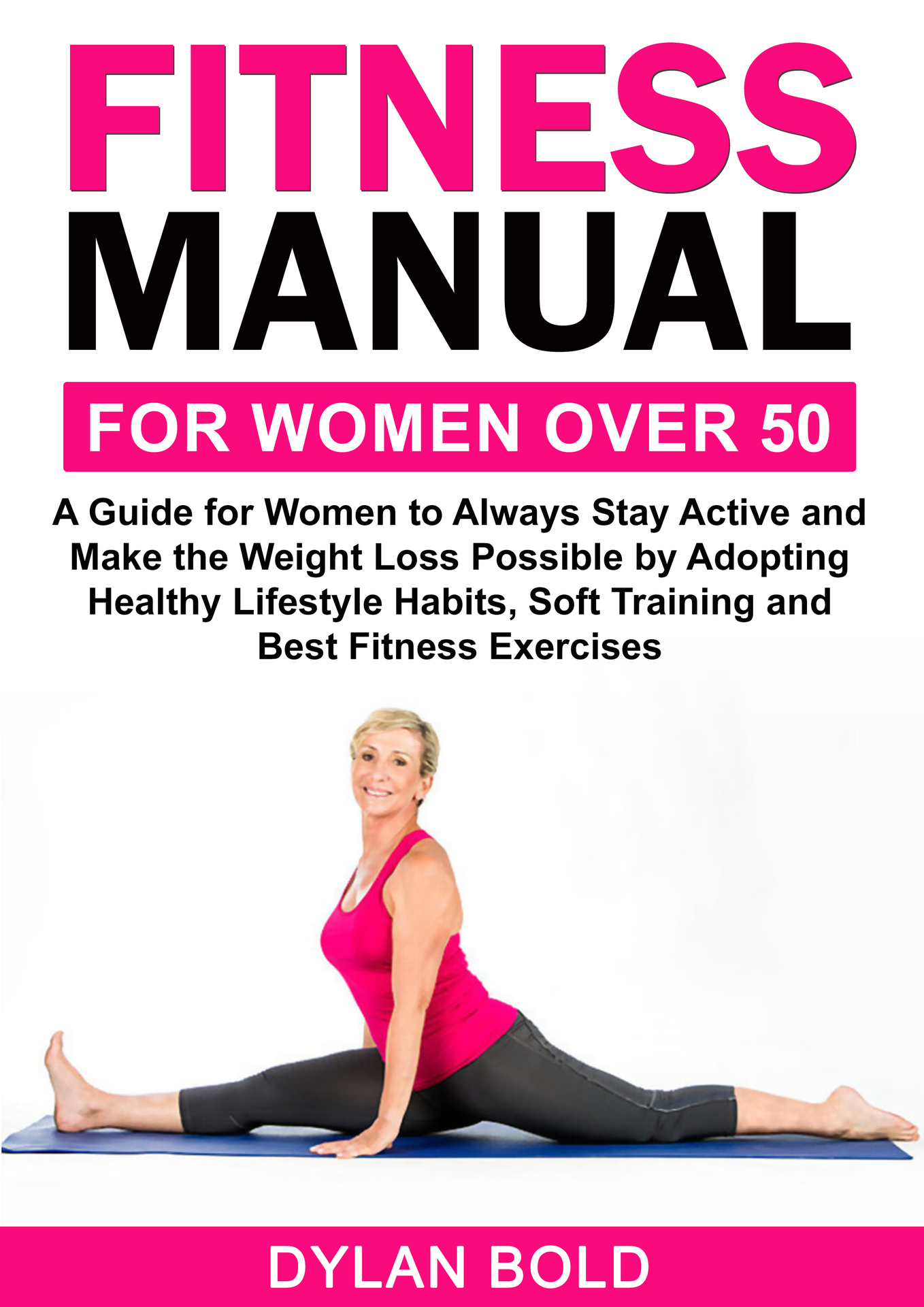Fitness Manual for Women Over 50
A Guide for Women to Always Stay Active and Make the Weight Loss possible by adopting Healthy Lifestyle Habits, Soft Training, and Best Fitness Exercises
By
Dylan Bold
Copyright 2020 by Dylan Bold - All rights reserved.
This document is geared towards providing exact and reliable information in regards to the topic and issue covered. The publication is sold with the idea that the publisher is not required to render accounting, officially permitted, or otherwise, qualified services. If advice is necessary, legal or professional, a practiced individual in the profession should be ordered.
- From a Declaration of Principles which was accepted and approved equally by a Committee of the American Bar Association and a Committee of Publishers and Associations.
In no way is it legal to reproduce, duplicate, or transmit any part of this document in either electronic means or in printed format. Recording of this publication is strictly prohibited and any storage of this document is not allowed unless with written permission from the publisher. All rights reserved.
The information provided herein is stated to be truthful and consistent, in that any liability, in terms of inattention or otherwise, by any usage or abuse of any policies, processes, or directions contained within is the solitary and utter responsibility of the recipient reader. Under no circumstances will any legal responsibility or blame be held against the publisher for any reparation, damages, or monetary loss due to the information herein, either directly or indirectly.
Respective authors own all copyrights not held by the publisher.
The information herein is offered for informational purposes solely, and is universal as so. The presentation of the information is without contract or any type of guarantee assurance.
The trademarks that are used are without any consent, and the publication of the trademark is without permission or backing by the trademark owner. All trademarks and brands within this book are for clarifying purposes only and are the owned by the owners themselves, not affiliated with this document.
Table of Contents
Introduction
Physical fitness is the state of health and well-being and, more precisely, the ability to perform the sport, profession, and day-to-day activities aspects. In general, physical fitness is accomplished by proper nutrition, moderate-vigorous physical exercise, and enough rest. Physical fitness has been shown to have positive effects on the blood pressure of the body because staying active and exercising regularly creates a stronger heart. Physical activity strengthens the immune system. Physical activity can boost fitness and mental health. It would help if you stayed active as you get older. Regular physical activity could help you stay healthy and strong. For older women, physical activity provides many advantages. Many women of all ages, sizes, and abilities should get moderate-intensity aerobic physical activity at least 2 hours and 30 minutes each week. It would help if you also had exercises that improve your muscle on at least two days each week. For all women, balancing exercises are necessary, but particularly of older women at higher risk of falls. In older women, weight lifting can be the best way to maintain overall fitness and avoid the slow creeping rise in fat. Keeping fit is important at any age, but exercising more than 50 years is important for maintaining a healthy lifestyle as you age. There's no justification that at 50, you can't look as fit and beautiful as at 40, But there's one hitch: once they reach this landmark era, even stars with personal trainers and diet coaches have to work a bit harder to lose the pounds. You'll have to put extra effort into one of the main reasons: your body composition changes as you age. Every ten years after age 35, you lose muscle mass at an average rate of 3-5 percent, and this can affect the way you burn fat. "The body is going through aging as it leaves the rising one. "The body doesn't need as much energy as it used to when this happens. What's more, they take their toll all those years of playing sports, chasing after your kids, and walking up and down stairways. You can note that your joints are a little stiffer than they were a few decades ago, and your muscles are a little more sorry. Then, there's your ever-evolving metabolism problem. You are resting on the metabolic rate, the capacity of your body to burn fat sitting on the sofa doing nothing decreases by around 1-2 percent per decade due to loss of muscle mass and increased fat mass. Generally, our diets don't change enough to compensate for this metabolic transition, ensuring that with every birthday weight will slowly but surely creep up. "There are a variety of roadblocks that people will face while trying to lose weight in their 50s," "But once you know what they are and how to get around them it's easy to succeed in falling pounds." One of the good things you can do at any age is to change your routine and try something new. Even if in your life you've never picked up a dumbbell, now's the best time to learn how to use the weight room (but please, if you're a newbie, first work with a trainer, so you don't injure yourself!). Because the trick to losing weight over 50 is this: Create more muscle mass to improve your metabolism (you now have about 20 percent less than when you were 20). "The good news is that with a well-structured weight-training routine, you can turn all of this around." That will help you recover the capacity to lose weight just as you did 20 years ago. Get weights lifted at least twice a week, whether you are using free weights or equipment or doing bodyweight exercises. Lifting every day doesn't hurt make sure you work for different muscle groups or exercise each day differently. The nutrition of a person after 50 is crucial. It is the most important factor, undoubtedly, in maintaining a healthy body at this age. In the form of junk food, inactivity, and too much alcohol, it cannot tolerate far more violence. The side effects are expected. Good nutrition is important throughout the entire lifespan, of course. Still, around and after age 50, changes take place inside the body that makes the food you eat of particular significance, "As you age, you lose muscle mass, around 10 percent every decade after age 50." "When you lose your muscle, you are more likely to gain body fat and needless calories," she says, "because the muscle consumes more calories than body fat. Prioritizing exercise is also important especially resistance training to help counteract the decline in metabolism that happens with aging. Nutrition must be given priority to avoid heart disease, diabetes, and other diseases that are of greater concern as people grow older. When women approach 50, their bodies plan for menopause and go through other side effects of aging. Most people need to follow new and different strategies to preserve their health, including changing their diets to get the nutrients they need. We may want to look at the best diets for women over 50, in that case. The 50s, due to pre-menopause and menopause, are a time for big changes. This is a time in a woman's life in which she has hormone variations, which can cause metabolism and body weight changes. Kay also discusses osteoporosis, osteoarthritis, and changes in the regulation of blood sugar (insulin resistance may occur due to changes in hormones), as other disorders women may experience in this age group. Losing weight after being 50 years old is no easy feat. At the end of a hard day, not only are sugar treats enticing, but your metabolism has probably taken a nose-dive too. From the age of 20, the metabolism is slowing by about 2 percent every decade. You can understand why by the time you reach middle age, the scale is creeping up more easily. Yet all hope is not lost. Many ways to boost your metabolism easily, including the easiest approach you can start today. After 50, if you were physically active, this is perfect. But if you haven't regularly exercised, it's not too late to start.


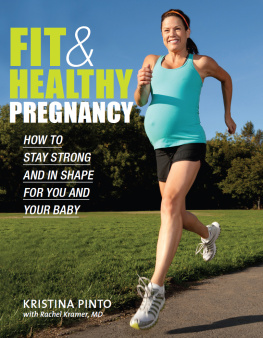
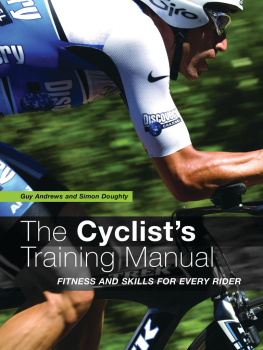
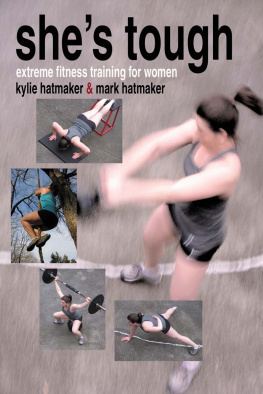
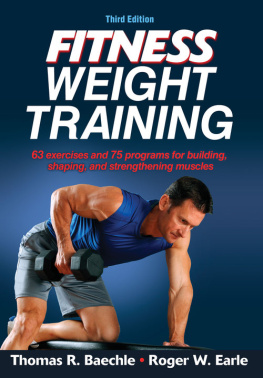
![Cotter - Kettlebell training: [95 exercises for strength, toning, stamina, and weight loss]](/uploads/posts/book/196732/thumbs/cotter-kettlebell-training-95-exercises-for.jpg)
